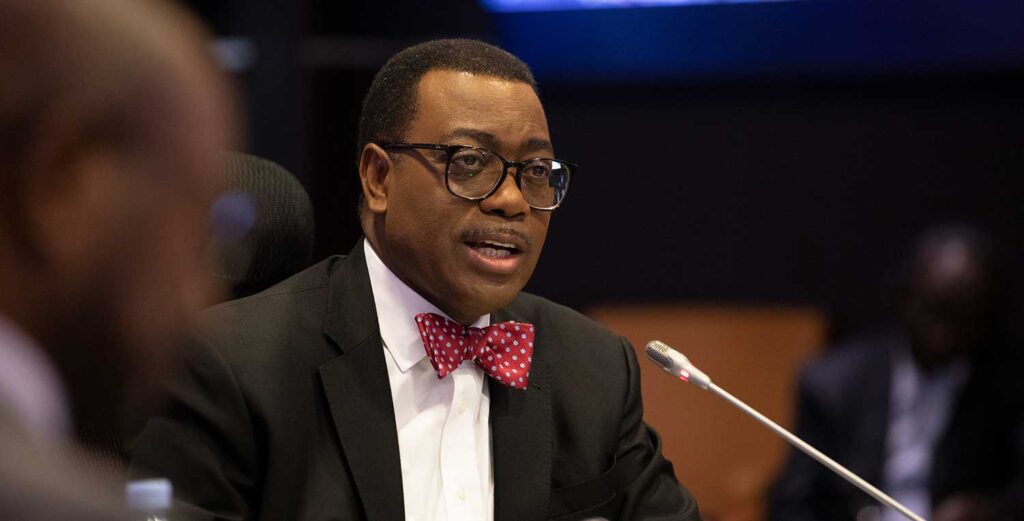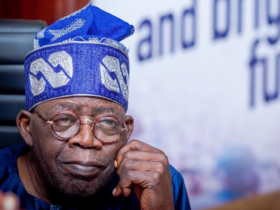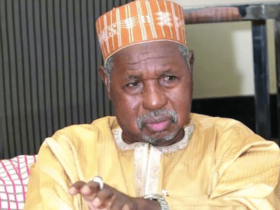
Akinwumi Adesina, the President of the African Development Bank, highlighted that opaque resource-backed loans are hindering African economic progress by complicating debt resolution and jeopardizing future growth prospects.
This is stated in a release from the bank during the Semafor Africa Summit held alongside the International Monetary Fund and World Bank 2024 Spring Meetings.
“I think it is time for us to have debt transparency accountability and make sure that this whole thing of these opaque natural resource-backed loans ends because it complicates the debt issue and the debt resolution issue,” Adesina said
Adesina highlighted the challenges posed by Africa’s ballooning external debt, which reached $824bn in 2021, with countries dedicating 65 per cent of their GDP to servicing these obligations.
He said the continent would pay $74bn in debt service payments this year alone, a sharp increase from $17bn in 2010.
He pointed out the shift from concessional financing to more expensive and short-term commercial debt, with Eurobond debt now accounting for 44 per cent of Africa’s total debt, up from 14-17 per cent.
The AfDB boss also criticised the ‘Africa premium’ that countries pay when accessing capital markets, despite data showing that Africa’s default rates were lower than those of other regions.
He demanded that the risk perception be changed, as it has been driving up borrowing costs for African countries.
Adesina also stressed the importance of putting in place an orderly and predictable way of dealing with Africa’s debt, urging for faster implementation of the G20 Common Framework.
“What is particularly interesting in Africa is that the level of concessional financing itself has gone down; it has shrunk significantly,” he said.
According to him, the African Development Fund, the bank group’s concessional lending arm to low-income countries, is providing long-term financing at low interest rates to the 37 most vulnerable countries.









Leave a Reply